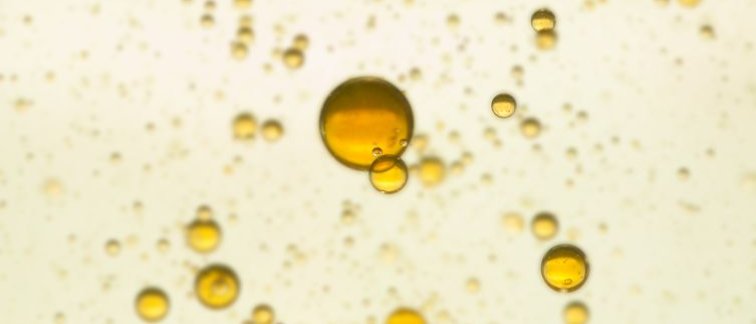Urine has been considered to be a non-invasive source of potentially valuable biomarkers. A collaboration including Cancer Center Amsterdam researchers has investigated the stability of the urinary EV proteomes over an extended period of time, including the best methods for collection and storage.
EVs found in urine originate mostly from the kidneys and membrane lining the urinary tract. Their cargo can contain clues about biological events happening in the urinary system, including changes indicating prostate or bladder cancer.
Urine as a source for liquid biopsies can be advantageous because it is easy for patients to collect themselves, even multiple times per day. A research collaboration including Cancer Center Amsterdam researchers has investigated the stability of the urinary EV proteomes over an extended period of time (6 months), including the best methods for collection and storage.
First author and PhD candidate in Cancer Proteomics Leyla Ayse Erözenci : “Urine vesicle proteins are highly stable in urine after its collection. We show that urine can be easily stored before biomarkers can be measured in the laboratories. Furthermore, we also show that over an extended period up to 6 months, the urinary vesicle proteome is highly stable as well. This provides new opportunities for urine collection by patients at home, paving the path for future implementation of the use of non-invasive biomarkers in the clinic.”
The researchers also developed a storage method for urine that can be performed any time and at home by a patient. The stability of proteins inside EVs over time maybe due to the protection of the lipid bilayer of the vesicles. This easily collected and stable liquid biopsy opens the door not only to biomarkers based on urine for the detection of cancer, but potentially also other diseases, such as coronaviruses.
We can detect many proteins using our high-troughput method, which also offers the possibility of implementing mass spectrometry-based detection methods in the clinic,” says Leyla Ayse Erözenci.
For more information, read the articles:
https://www.ncbi.nlm.nih.gov/pmc/articles/PMC8329217/pdf/41598_2021_Article_95082.pdf DOI: 10.1038/s41598-021-95082-8
https://www.nature.com/articles/s41598-021-00289-4.pdf
DOI: 10.1038/s41598-021-00289-4
People involved at Cancer Center Amsterdam:
- Leyla A. Erözenci
- Sander R. Piersma
- Thang V. Pham
- R. Jeroen A. van Moorselaar
- Irene V. Bijnsdorp
- Connie R. Jimenez
Funders involved: This work was made possible through the “IMMPROVE” consortium (Innovative Measurements and Markers for Prostate Cancer Diagnosis and Prognosis using Extracellular Vesicles), which is sponsored by an Alpe d’HuZes grant of the Dutch Cancer Society. Furthermore, Cancer Center Amsterdam and Netherlands Organization for Scientific Research are acknowledged for support of the mass spectrometry infrastructure, and the Daniel den Hoed Cancer Treatment Screening Facility (CTSF) for the Opera Phenix HCS.

